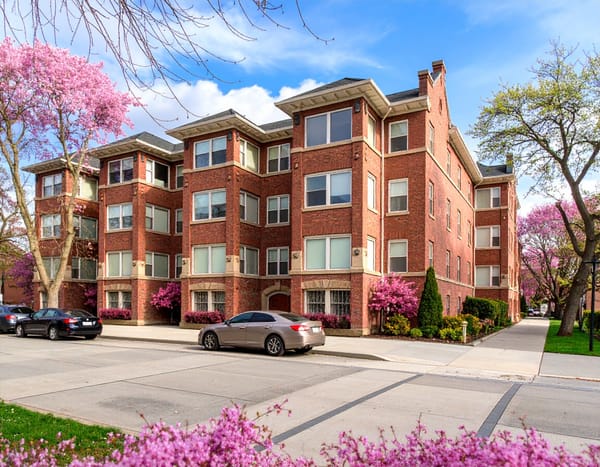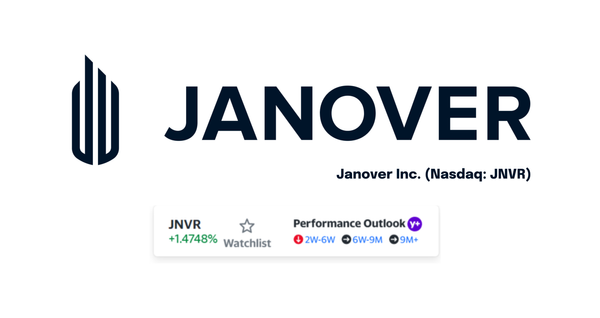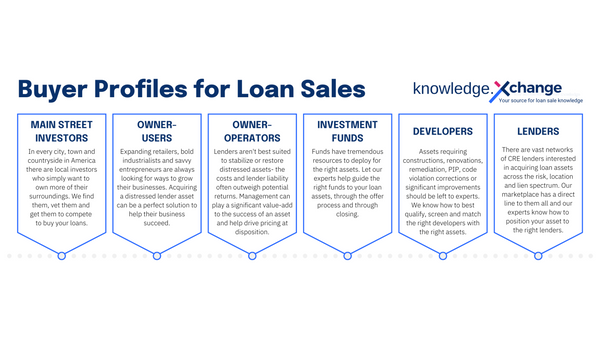Online auctions vs. loan sale marketplace: Who's better at selling your loans?

When you’re considering how to sell your distressed commercial real estate (CRE) loans, selling them at a wholesale auction might be one option on the table. An alternative? An open online marketplace like Xchange.Loans. While they might look similar at first glance, a closer look will reveal major differences between the two models—and one offers distinct advantages to lenders.
Understanding the differences will help you make a better-informed decision about the best way to recover the most value from your non-performing CRE loans. The following are the key issues that can mean the difference between nominal and optimal results.
Timed call for offers vs. auction bidding format
Both an auction and timed call-for-offers involve buyers making offers within a certain time period. A critical difference is that an auction is based on a rigid incremental bidding process, whereas a timed call for confidential offers encourages a wider range of potential buyers and bids.
Whether online or in person, bidding at an auction usually begins at 30% to 40% of the reserve/strike price—the minimum price that the seller will accept. Bidders place incremental bids on the spot, driving the price upwards closer toward the reserve.
After each bid is placed, the auctioneer—also known as the qualifier—confers with the transaction manager and the seller to determine whether the seller wants to accept the bid. If the leading bid is below the reserve price, the seller may authorize the auctioneer to make a counter-offer—a “shill” bid—on behalf of the seller to drive the price up closer to the reserve. However, the qualifier cannot bid on behalf of the seller beyond the reserve price.
Throughout the auction, the goal is to create a fast-paced, high-pressure environment in which bidders may not realize that a live bid was made by a competing bidder or by the seller. More important, only a few states require disclosure of shill bids, making it easy for a rapid-fire auctioneer to drive up the bid price. An online auction makes it even more difficult to know who’s bidding—and almost every buyer is fully aware of this trick.
A better solution? A timed call for confidential offers. By providing a deadline, a timed call for offers creates the same sense of urgency that an auction does. Sealed bids, meanwhile, encourage a broad range of buyers to participate with an equally broad range of offers. Combined, a timed call for offers and sealed bids provide sellers with the optimal process for maximizing bidder participation, price discovery and, ultimately, obtaining best pricing and certainty of execution.
Incremental bidding vs. staged offer rounds
One disadvantage of the auction format is that a bidder potentially can win an asset with a bid only marginally over the reserve price, and often even below. If bidders are few, a buyer has little incentive to offer more than the incremental bid amount—and there’s a 50% chance that the deal won’t actually close because not all auction buyers are properly vetted.
Incremental bidding works well for REO or stabilized CRE properties, where the buyers are typically owners and investors, but it isn’t the best format for selling notes. Loan buyers tend to be sophisticated and diverse, with unique motivations. Different loan buyers will envision different potential uses of the note and collateral, with varying acceptable cap rates, which is why you need a sales strategy that allows for broad price discovery.
An open marketplace like Xchange.Loans uses two rounds of offers to maximize pricing and participation within a set time period. The first, indicative round usually attracts a wide range of offers and buyers. In the second round, only the top tier of potential buyers—the most qualified and serious—are invited back to make their most competitive best and final sealed offer. However, sellers can accept any offer at any time—or they can choose not to sell below their targeted strike price at all, and forego all of the “auction stress”.
We have found that the sealed-offer format for loan sales generates higher pricing than the auction format, and attracts better buyers, too. In fact, on one loan sale we closed—for an assisted living facility NPL—the winning offer was 50% more than the second-highest. In contrast, it would have been impossible for those same two buyers to drive pricing to that high level in an online incremental bid auction. In the end, we sold our client’s NPL at 300% of book value.
The timed sealed-bid offer process reduces lender risk, and not just the risk of a failed sale or a less-than-optimal price. In the online auction process for CRE NPLs, bidders—and borrowers—may also learn what the lender’s reserve price is and how the lender priced the discounted payoff (DPO). An inadvertent leak of the DPO expectation can create a massive disadvantage for a lender. A savvy borrower can choose to sue with this knowledge, creating a legal headache for the lender—who will still have the loan on the balance sheet.
Auctioneers vs. a loan sale experts
Auctions and wholesalers are great for selling commercial and residential properties—but they are not built for loan sales. For loan sales on an auction or wholesaler platform, the buyer may have access to plenty of information about the loan for sale, but little-to-no details about the underlying collateral, or the sometimes-complicated status of, and relationship between, the loan and the collateral—the primary driver of risk and, ultimately, pricing.
In contrast, our loan sale marketplace was specifically designed for selling loans, especially distressed CRE and NPLs. In our experience, loan buyers prefer to have more due diligence, not the bare minimum that an auction provides. The more information they have, the more motivated they become to offer the right price. That’s why our marketplace is built for sharing the due diligence and intelligence that loan buyers need alongside the data security and know-your-client (KYC) details that lenders are required to have.
Your timetable vs. the auctioneer’s
As the saying goes, timing is everything. It’s especially true for lenders, banks and servicers with distressed assets to get off their books. At most institutions, regulatory compliance, M&A, shareholder meetings and investor activity set the timer and deadlines.
Yet, auction firms typically operate within their own monthly or bimonthly cycles. Their timetables are fixed and typically released far in advance. While auction companies excel at marketing and executing scheduled auction events, the drawback is that lenders are at the mercy of the auction firm’s calendar. If you don’t onboard your asset by a certain deadline, you’ll have to wait until the next round.
In contrast, an online marketplace is open for new distressed loans sales at any time. Loans can be marketed concurrently as part of a pool and for sale individually, giving buyers and sellers alike maximum flexibility. Rather than being one of many assets in a large auction, loans benefit from being in the spotlight.
What format is best for your loans?
Selling distressed loans is an aspect of CRE lending that no lender enjoys—but the good news is that the process can be faster, with better results, than ever before. Armed with the right information about options, loan sellers can choose the best solution for their goals.
Want to know what your commercial real estate non-performing loan is worth? Try XL Value to generate a free loan valuation report.





















